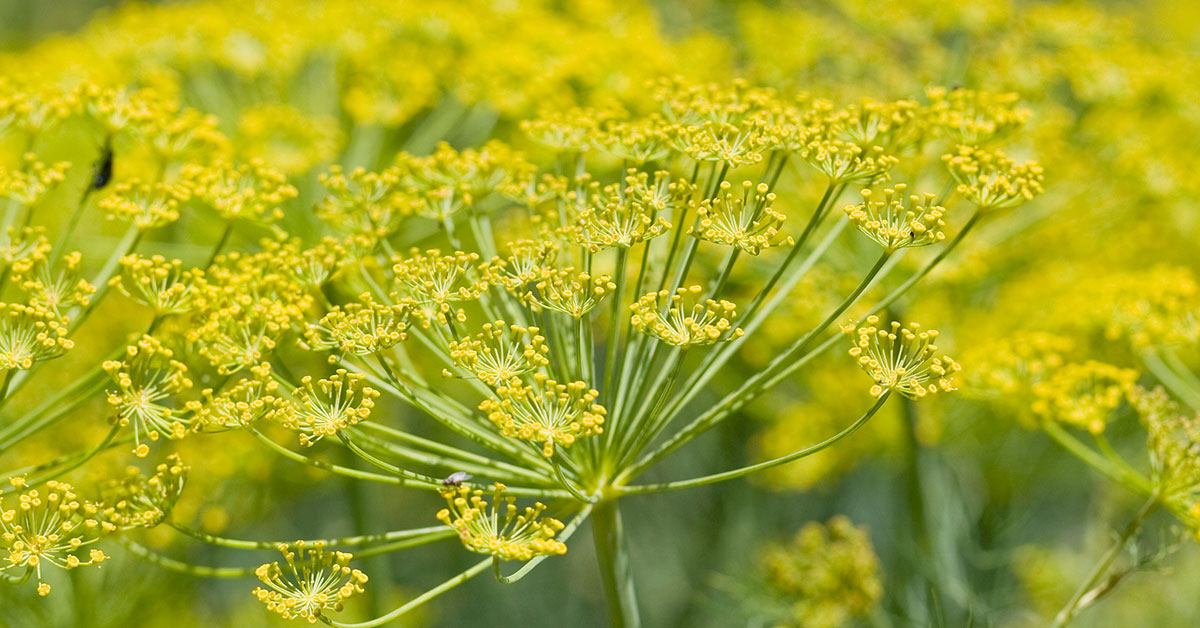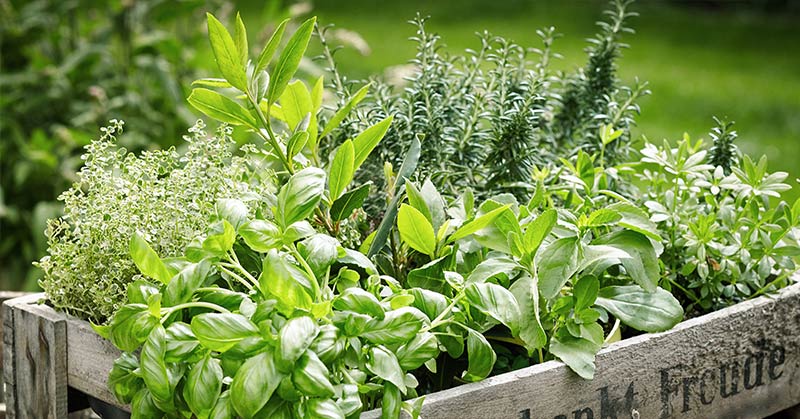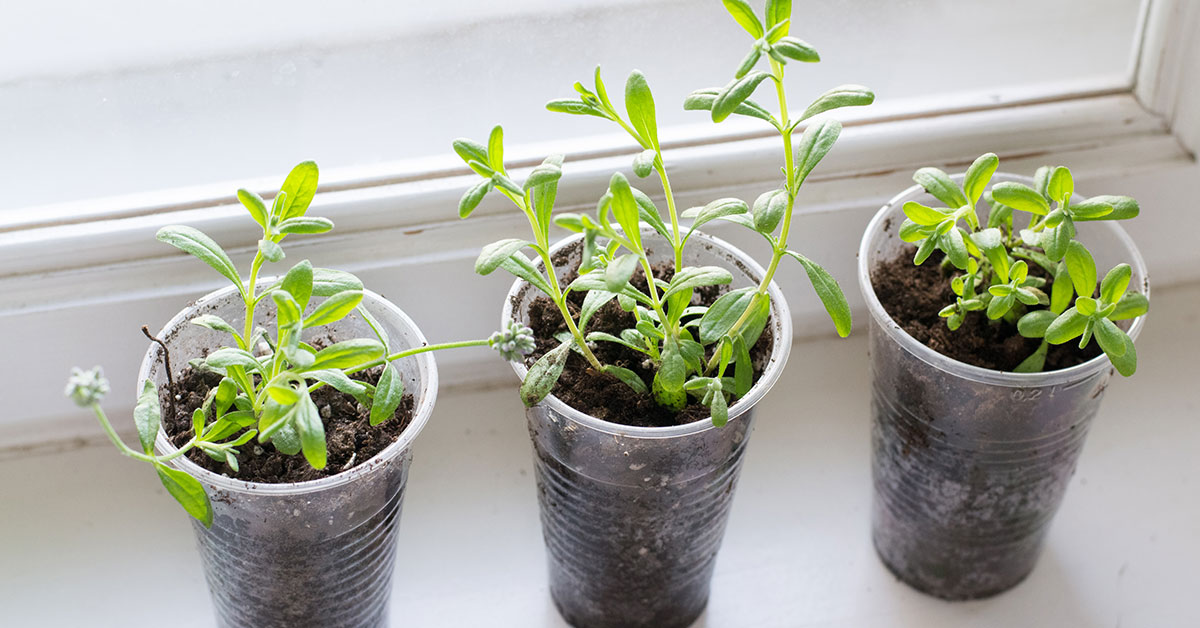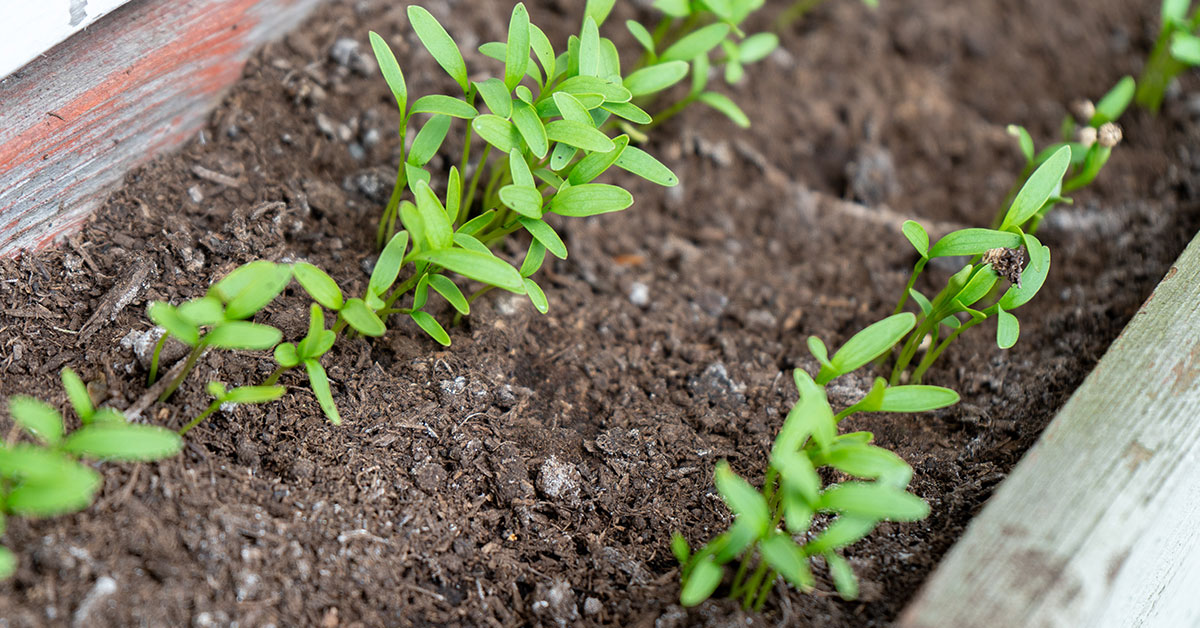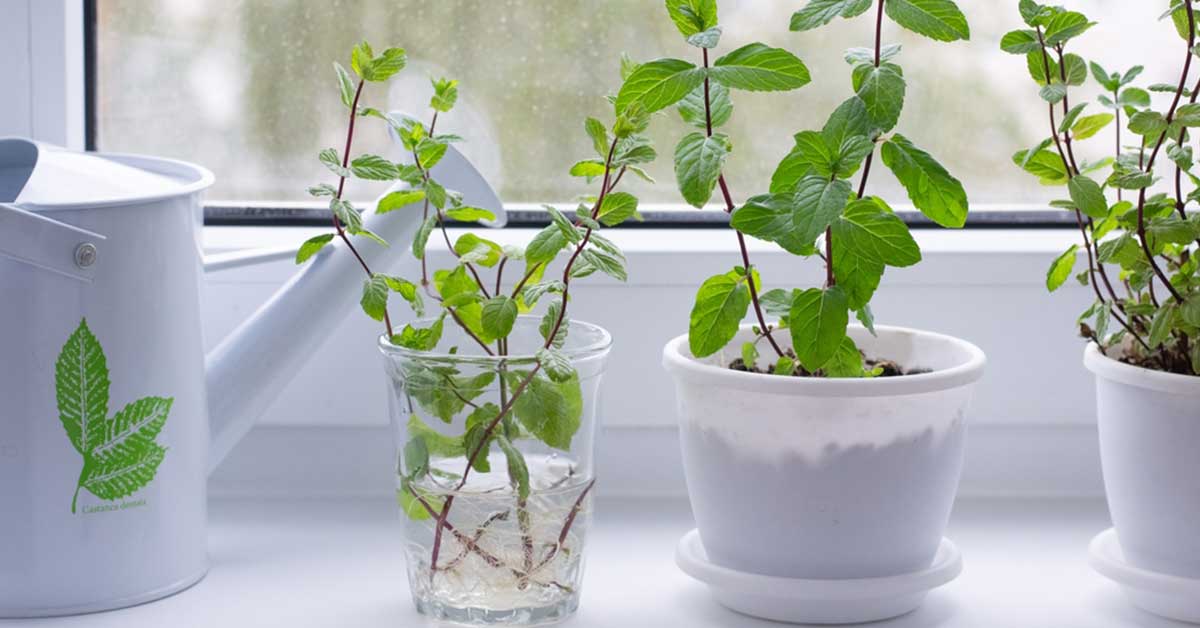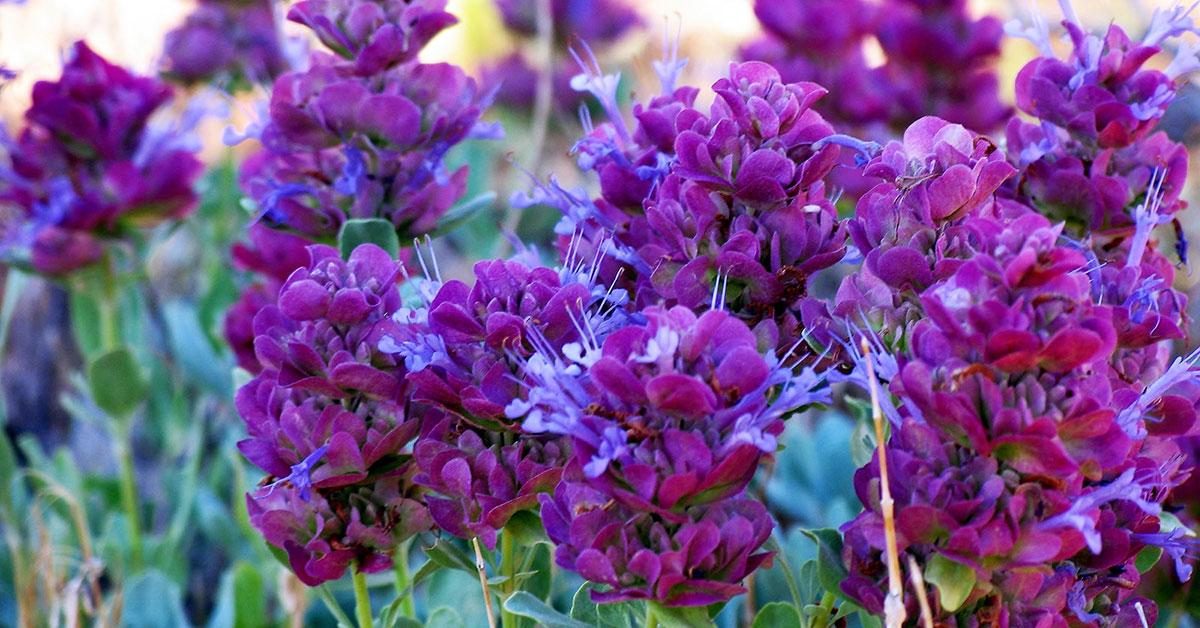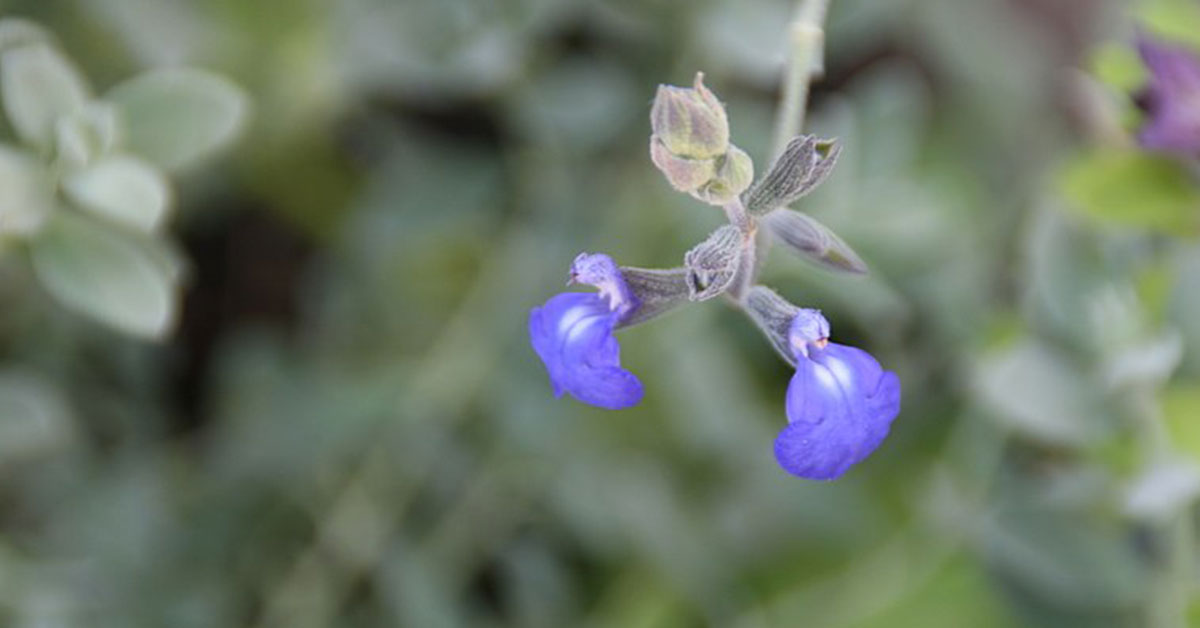Fennel is one of my all time favorite herbs to grow. It’s a tall, sturdy, hardy herb similar to dill that adds a wonderful aroma to my garden and is good in several dishes that I frequently cook. I just like the plant too. The frond-like leaves swaying in the breeze on a warm summer day is something I’ll never get tired of. If you want to grow a fennel plant too, it’s pretty easy. And once established, it’ll keep growing back every spring. How can you beat that?
What is fennel?
The fennel plant, Latin name: Foeniculum vulgare, is a type of herb that originated in the Mediterranean. It’s a flowering plant that actually belongs to the carrot family. It’s a hardy perennial herb that will come back each year. Fennel is cultivated because of its aroma and flavor and is a common herb in dishes around the world.
Fennel throughout history
Fennel is an ancient herb whose use dates back thousands of years. The herb was used by ancient Greeks and Romans as bug repellant, a seasoning, and even medicine. Fennel tea was thought to give warriors courage.
Fennel plays an important role in ancient Greek mythology as well. Prometheus is said to have used a giant stalk of fennel to carry fire from Mount Olympus to the Earth. In the 10th century, fennel was one of nine plants invoked in the Nine Herbs Charm, which is an Old English charm invoked by Anglo-Saxon Pagans of that time period.
In the 15th century, Portuguese settlers in Madeira named a new town after Funcho, the Portuguese word for Fennel, because they found the fennel plant growing throughout the area. The town, Funchal, is now capital of Portugal’s Autonomous Region of Madeira.
When to plant fennel
Whether you intend to use fennel as a seasoning in various dishes, in a charm, in a special courage-granting tea, or to bring fire from the heavens to the Earth, the fennel plant is a wonderful addition to your garden. Fennel can be planted in the spring after the danger of frost has passed. The plants can grow fairly large, so it’s good to space them out 6 to 12 inches apart from one another.
How to grow fennel plant
Before we plant our fennel, let’s look at some fennel plant facts:
- When to plant: Plant in spring after danger of frost has passed
- Spacing: Plant 6-12 inches apart
- Sun: Full sun, minimum of 6 hours of sun daily
- Soil: Rich soil with lots of organic compost
- Watering: Keep soil moist but not drenched. Water when the top of the soil dries out
Fennel is one of the hardiest herbs in my garden. It doesn’t matter what kind of abuse it takes, it keeps coming back. Seeds are best sown directly into the soil after the final danger of frost has passed. They can also be planted from starts, but they may have difficulty transplanting. Seeds planted in spring will germinate around 8 to 12 days after planting. Fennel plants like nutrient rich soil. Adding a cold manure like rabbit manure or a composted hot manure like chicken or horse manure will provide plenty of nutrients for the plant.
Your fennel plants will grow and begin flowering approximately 90 days after germination. If you want your fennel to seed and grow volunteers, simply allow the flowers to go to seed and leave them be.
When to harvest fennel
Fennel leaves can be harvested any time, though it’s best to allow your fennel plants to get nice and established first. I usually wait until the plants are at least 12 inches tall. If harvesting the leaves of the plant, never take more than two-thirds of the plant. If harvesting leaves, I’ll only take about half of the plant. It will readily grow back.
If harvesting fennel seeds, it’s best to wait until the flowers of the plant die and begin to dry up. Once harvested, place on a tray in a cool, dark place for 2-3 weeks to allow them to further dry.
Keep Reading: Herb Gardening 101 For Beginners
